How does a high rate of reinforcement look like and why we use it?
Do you know how does a high rate of reinforcement looks like? In dog training, it can look like just feeding the dog. Why would we even use it then?
Read more on the blog to see examples not only in dog training but also in creating our own habits!
Working with client with disability
Do you learn from people you are in contact with? Recently I encounter a challenge to work with a client who is legally blind. I needed to find new ways of teaching but most importantly I had to listen. It’s through communication that we found the best ways to move forward. In the end, we not only succeeded with training the dog so both she and the owner are happy but I also learned and grew as a person. It made me a better trainer and more compassionate human being.
Challenge - Train yourself to look for the behaviours you like
Are you willing to take on the challenge of looking for the behaviours you like? Whether it's in your dogs' behaviour or in your own behaviour! Change can start from this simple (yet not easy!) exercise of noticing the behaviours you like instead of the ones you want to change.
Why isn’t my dog coming when I call him?
How many of you wonder “why isn’t my dog coming when I call him?” Have you noticed what are your first thoughts and reactions about it? Did you ever thought “he just wants to make me angry”? Read more on the blog to find out how changing the way you interpret his “misbehaviour” can be the first great step to long lasting change and deepening loving bond between you.
How to use positive reinforcement with people?
This blog is about applying positive reinforcement to human learners. I talk from a perspective of animal trainer teaching human clients how to train their animals. It might not be applicable to you but I would encourage you to read anyway and see if there is anything you can apply to your life and your situation. Behavioural science principles are universal, can you recognise that?
Training animals as an art form
I believe that the more we see animal training as an art form, as a process that never has an end line and as mutual exchange - learning with and from the animal, the bigger the chance we will be constantly improving. There is always more to learn, even for the most experienced trainers. Enjoy the ride!
One of the least known signs of fear in dogs
I've been there too! I saw a dog who is coming to me, being all cute and affectionate and I believed he is happy to see me. As long as it can be the case, there are times when dogs affection can mean "I'm not a threat to you, I won't harm you, I love you, please don't hurt me!". Watch out for the little signs and help your dog get more confidence around people with positive training.
Fear in dogs - how it looks like and what to do with it?
Fear in dogs is not always easy to recognise and many people misinterpret it. Dogs don’t come with the manual and it’s normal we don’t know everything. Learning to recognise the signs, sometimes very subtle can help you understand your dog better and give him a happier life. To see a change from a fearful dog to a confident companion, to me, is the most beautiful thing to observe.
Even fish can be positively trained (video)!
There are no animals that cannot be trained or make significant progress with training. Seeing progress they make is the best feeling and reward for all the time originally put in training. It makes it all worth it!
See the video of fish doing tricks. I hope it will inspire you to start/continue with training!
Taking a new dog or puppy home
Contemplating taking a new dog or puppy home? Let’s talk about adopting from a shelter, fostering or finding a good breeder - all worth considering.
How to set your new puppy up for success part 2
The second part of the blog with 5 more tips on what to do to avoid mistakes and set your new puppy up for success.
How to set your new puppy up for success part 1
Pups need a lot of attention and the more time you put into developing good habits in them, helping them get confidence in navigating in the world, the more likely they will be to grow into nicely behaved adults. In part 1 read first 5 tips on what to do to avoid mistakes and set your new puppy up for success.

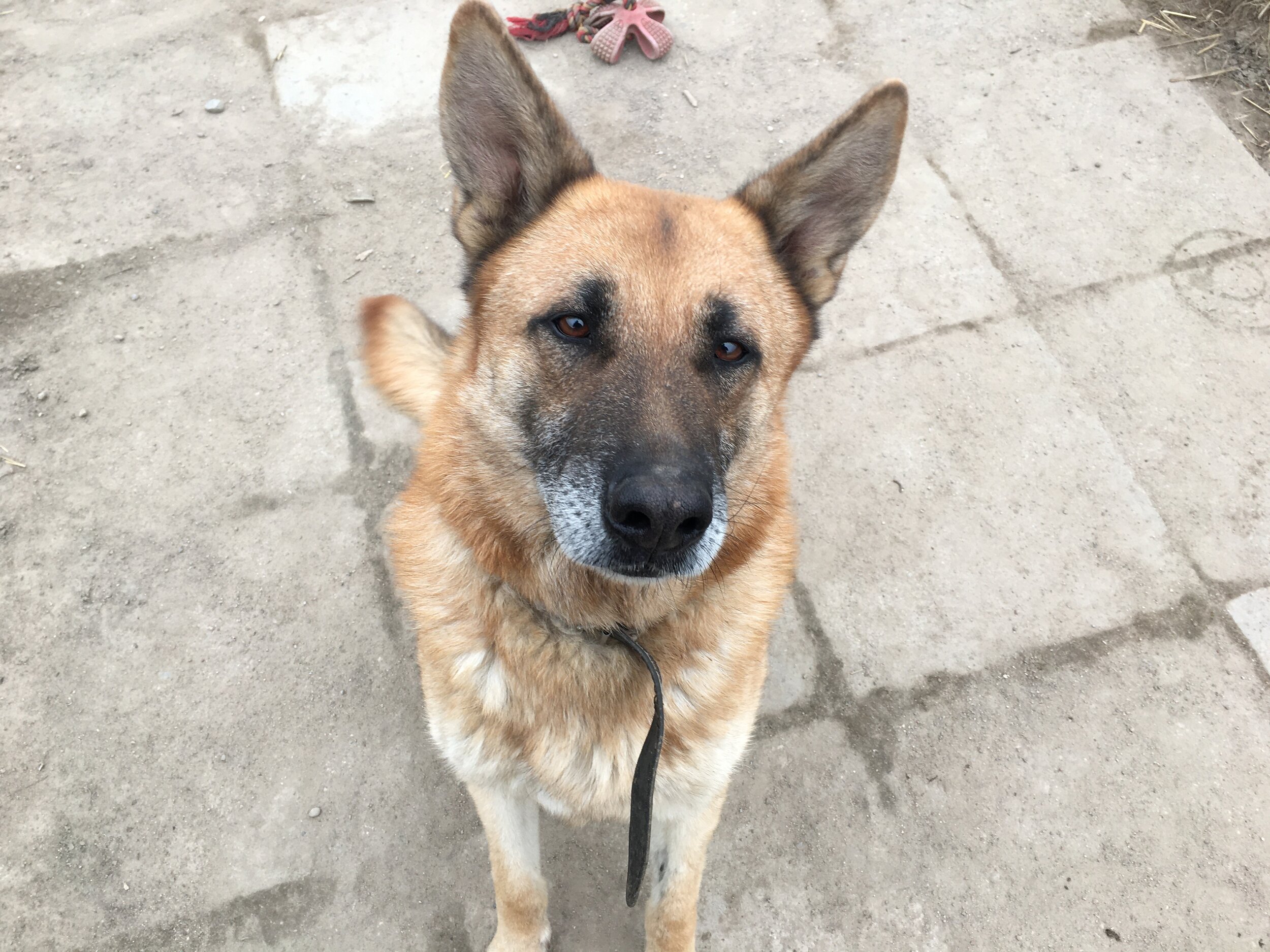
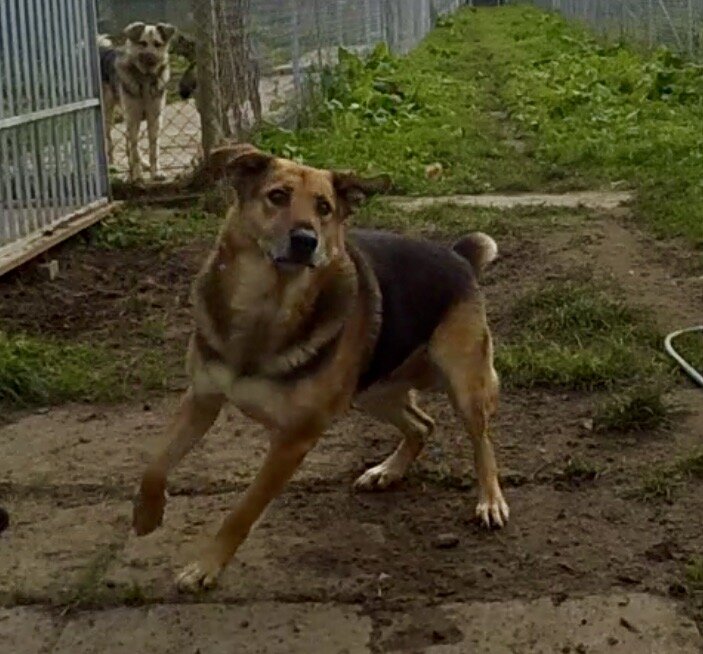


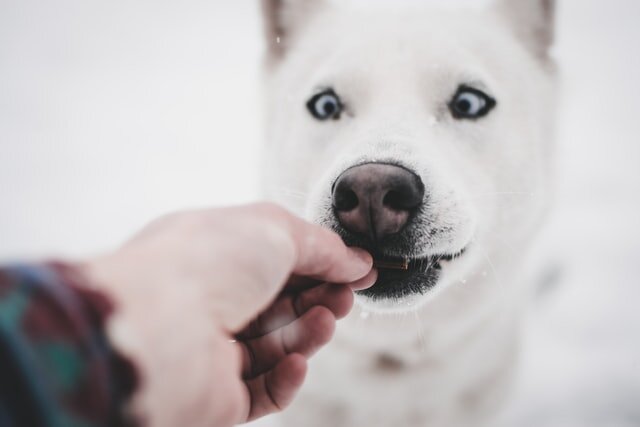






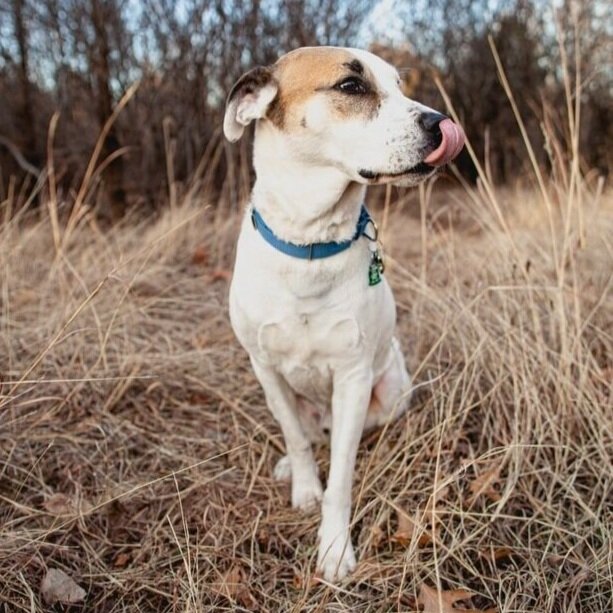

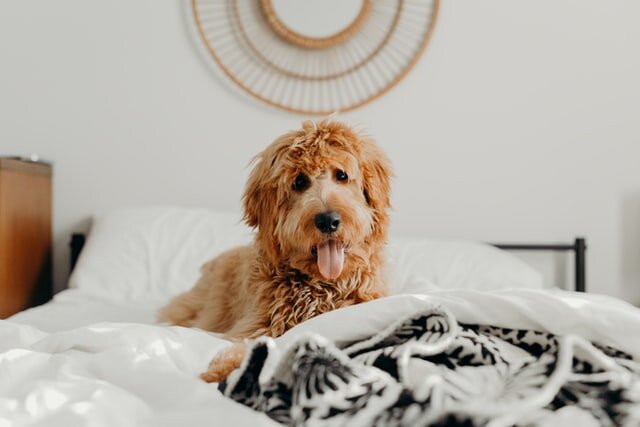


Many times we don’t even bother trying to learn a new skill. We convince ourselves that it’s not for us. When what we could do is to find the first successive approximation and start learning through a fun and successful process.